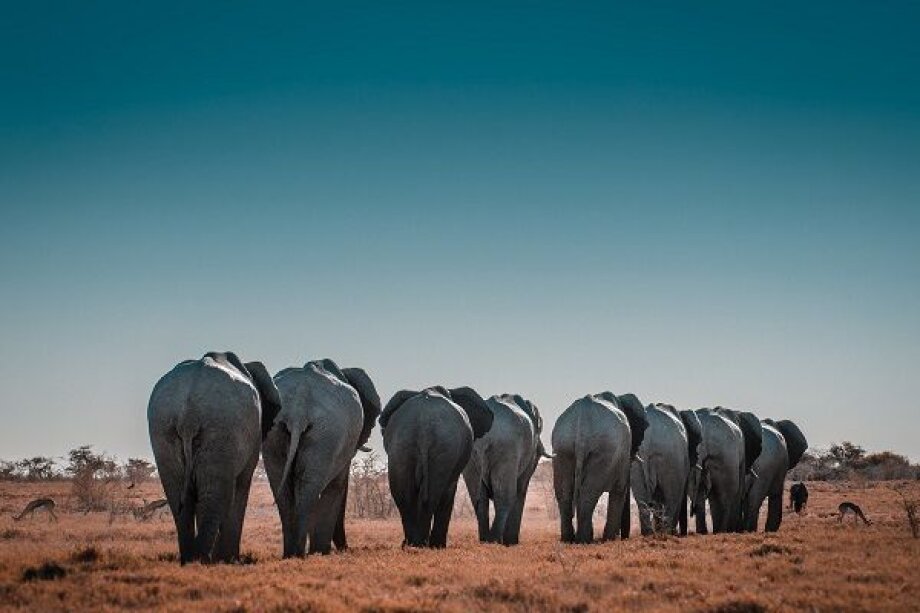All elephant species threatened with extinction


The Indian elephant, the African savannah elephant, and the African forest elephant are now officially endangered species, the last of which is critical.
The African Elephant Specialist Group (AfESG), the world's largest environmental non-governmental organization, reported the change in the threat status on March 25, WWF reported. The change in status is due to the steadily declining numbers of both African elephant species.
“As many as 20,000 elephants are killed annually, which makes 55 a day. It turns out that the loss of these wonderful, majestic giants will probably be a matter of time,” WWF reported.
According to estimates, less than 100 years ago, in 1930, there were about 10 million elephants in Africa. Today there are only about 400,000 of them. This means that the African forest elephant population has declined by more than 80 percent in the last 93 years, while the population of African savannah elephants has declined by at least 60 percent over the past 50 years. Both species have experienced rapid population declines since 2008 due to a significant increase in poaching which continues to pose a great threat to these animals.
The AfESG not only updated the species status in the International Union for Conservation of Nature's Red Book but also stressed that scientists agree and will now recognize African savannah elephants and African forest elephants as two separate species (previously considered the same species – African elephant). The African elephant first appeared on the list of endangered species in 1986 (then as a single species) and was classified as vulnerable (VU) most of the time. Meanwhile, the Indian elephant on the IUCN list has the status endangered with extinction (EN) since 1986.